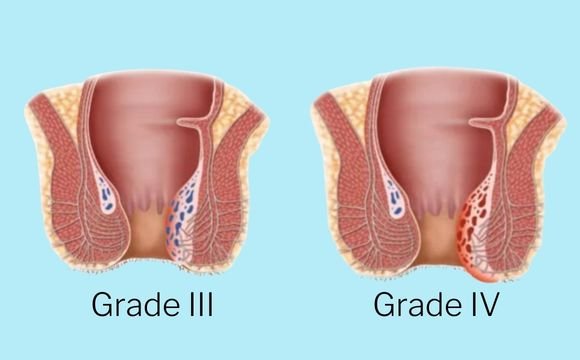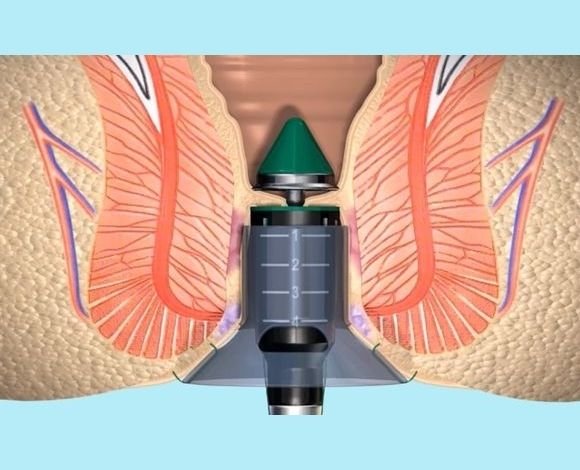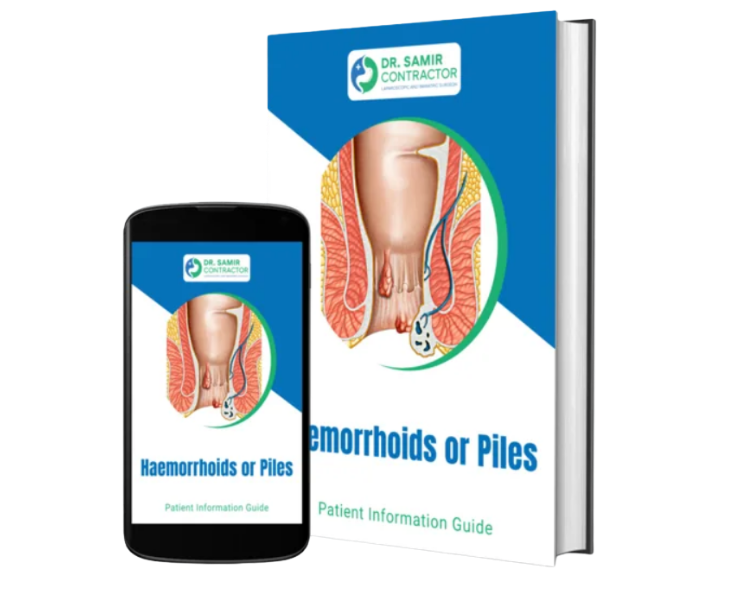 Book Appointment
Book Appointment
Living with piles (hemorrhoids) can be exhausting, painful, and even socially embarrassing. If you are suffering from constant itching, bleeding while passing stools, or the distress of hemorrhoids that keep prolapsing, you may already be considering surgery.
At our surgical practice, we specialize in advanced anorectal surgeries, including Stapler Surgery for Piles (Stapled Hemorrhoidopexy). With over 25 years of experience and more than 8,000 laparoscopic and 400 advanced anorectal surgeries, we are committed to providing safe, minimally invasive, and patient-friendly treatment options.
Hemorrhoids are swollen veins in the anal canal that cause discomfort, pain, itching, and bleeding. They are very common in India due to dietary habits, sedentary lifestyle, and genetic predisposition.
01
inside the rectum, usually painless but may bleed.
02
around the anus, often painful, itchy, and may form clots.
03
when internal hemorrhoids protrude outside the anus.
Small swelling, no prolapse, may bleed.
Prolapse occurs during straining but goes back on its own.
Prolapse requires manual pushing back inside.
Permanently prolapsed, cannot be pushed back.

Laser (Light Amplification by Stimulated Emission of Radiation) surgery uses highly focused energy beams to cut, seal, or shrink tissue with extreme precision.
Not all piles require surgery. Early-stage piles may improve with:

Stapler Surgery (Stapled Hemorrhoidopexy) is a modern, minimally invasive procedure that repositions prolapsed hemorrhoids back into their normal place inside the rectum. Instead of cutting out hemorrhoids (as in conventional surgery), it uses a circular stapling device to remove a ring of tissue and staple the hemorrhoids back in place. This reduces blood flow to the hemorrhoids, causing them to shrink naturally while preserving the anal cushion for normal bowel function.
| Feature | Stapler Surgery | Laser Surgery | Conventional Surgery |
|---|---|---|---|
| Pain after surgery | Very mild | Mild to moderate | Moderate to severe |
| Cuts/Wounds | No external cuts | Minimal laser burns | Large external cuts |
| Hospital Stay | 1 day | Day-care / 1 day | 2–3 days |
| Return to Work | 4–7 days | 3–5 days | 2–3 weeks |
| Bleeding Risk | Very low | Very low | Higher |
| Recurrence | Rare with expert | Low | Possible |
| Cosmetic Outcome | No external scar | No scar | May have scar |
Recovery after stapler surgery is usually quick and comfortable. Most patients can start walking within a few hours, resume a soft diet, and take prescribed stool softeners. Discharge typically occurs within 24 hours, with minimal pain and a fast return to daily activities.
Mild discomfort, easily controlled with medications.
Passing stool becomes easier, minimal bleeding possible.
Most patients return to work.
Full recovery with normal activity levels.

While stapler surgery is safe, some rare risks include:
With an experienced surgeon and proper aftercare, complications are minimal.
